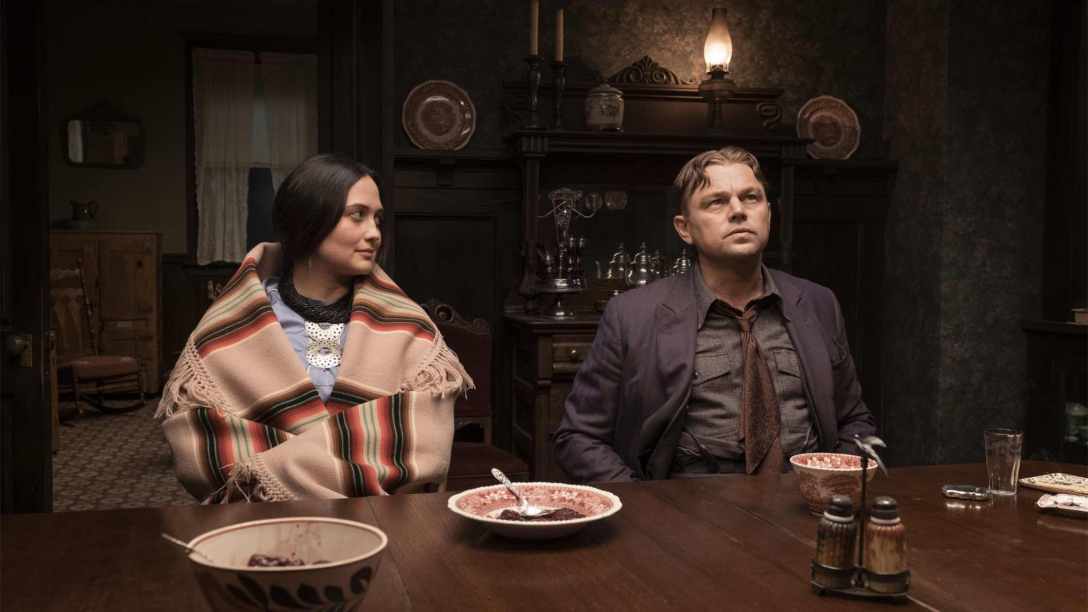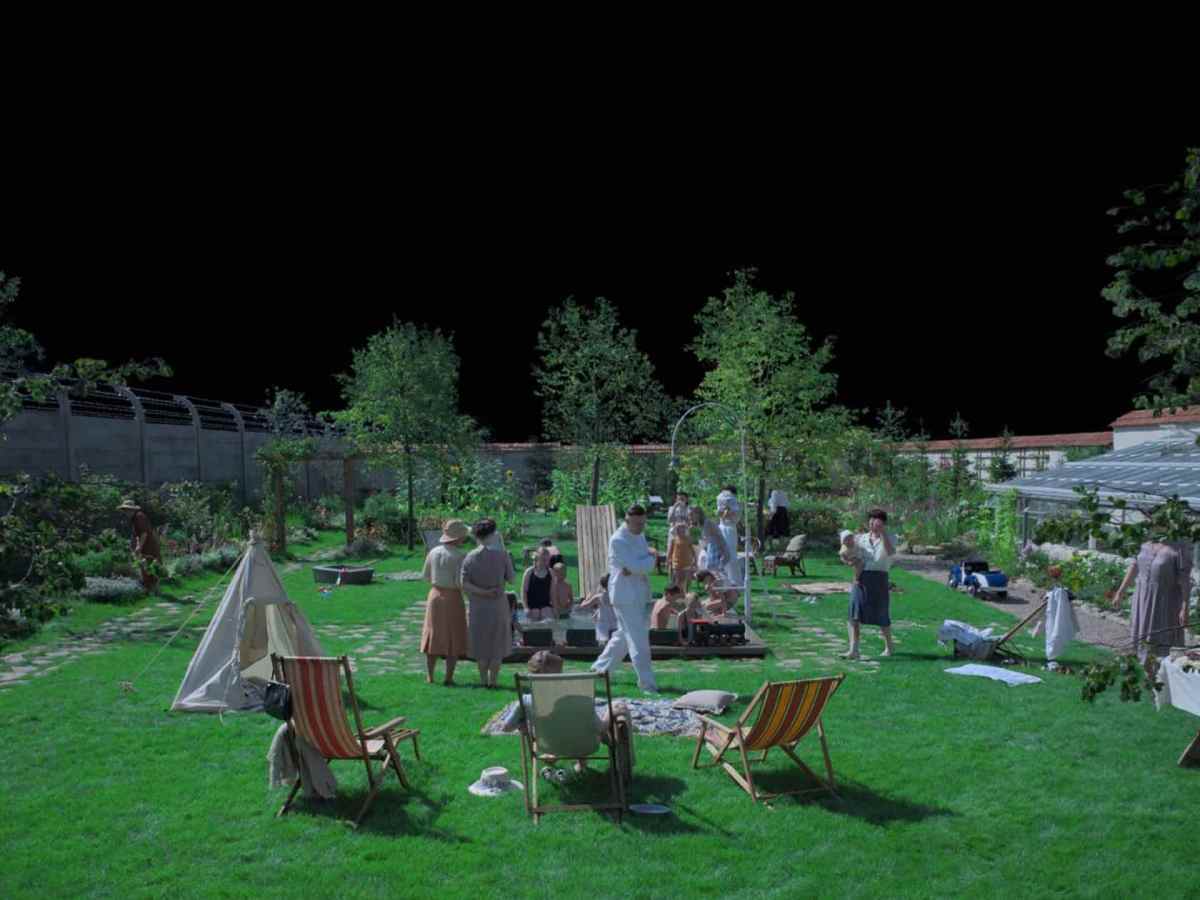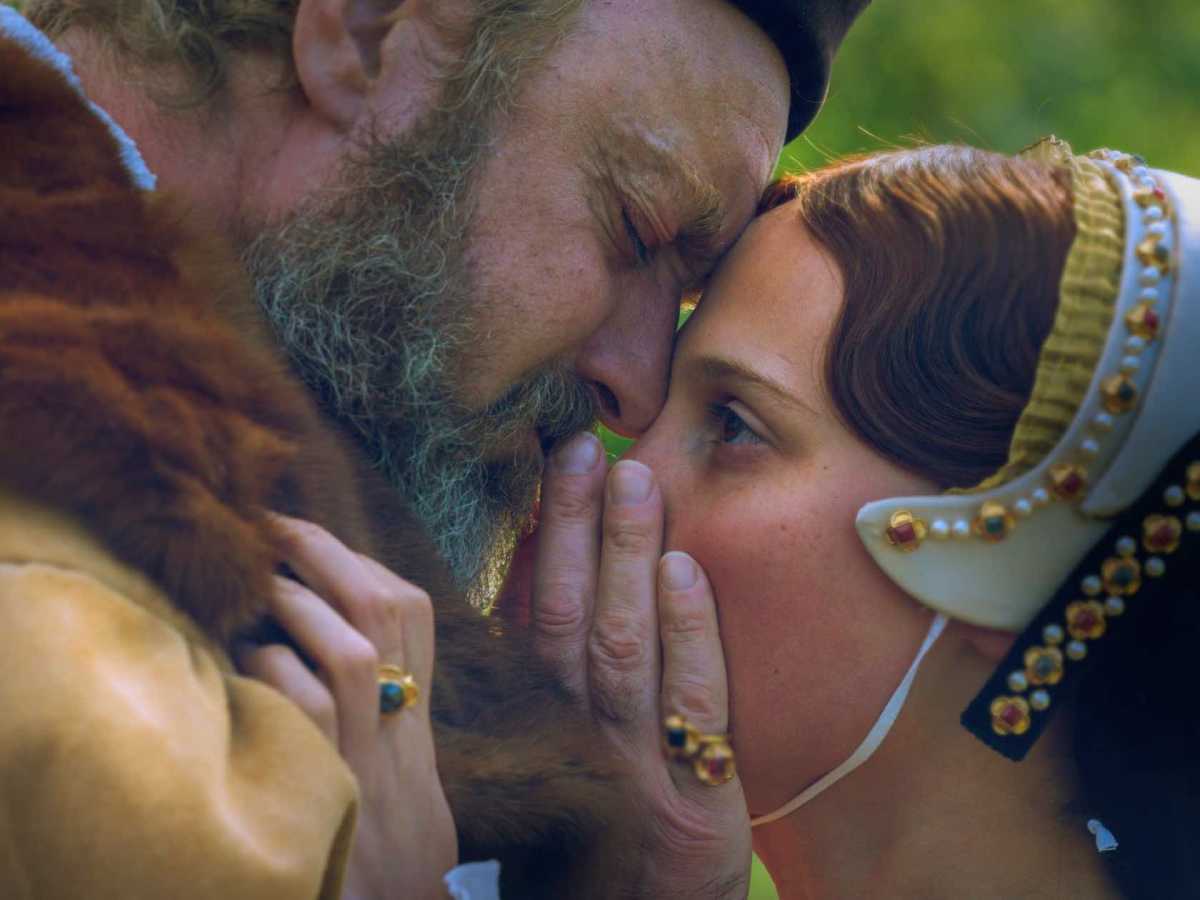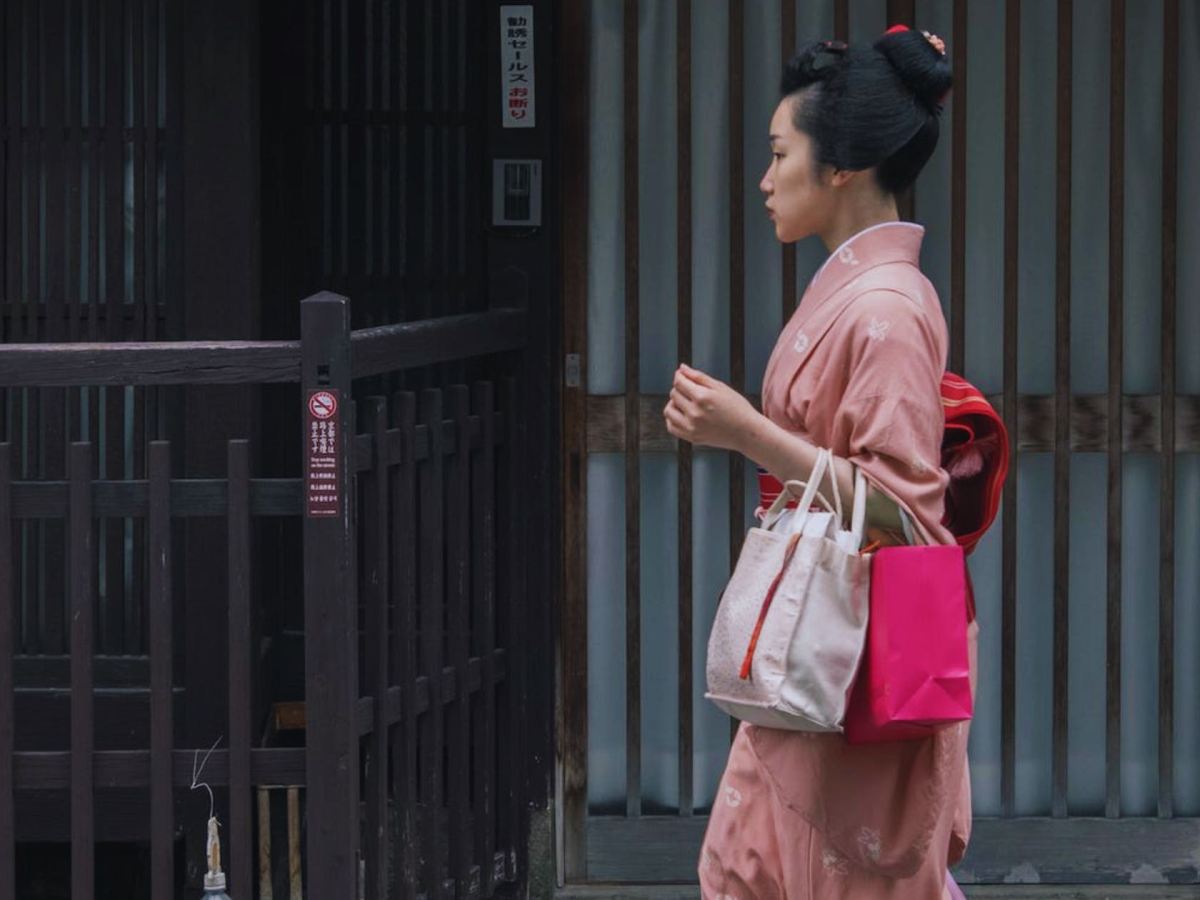Martin Scorsese’s “Killers of the Flower Moon,” inspired by David Grann’s homonymous nonfiction book, shows a complexity that goes beyond the representation of the assassinations of hundreds of Osage people, robbed of their oil-rich land a hundred years ago. Bringing together three paradigmatic figures of American history, Scorsese’s film reveals the power dynamics among preachers of death, greedy fools, and native people, in a world in which legality is used as a vehicle of crime.
This article contains advertisements and product links to our affiliate partner shops.
Image: Apple TV+
In Martin Scorsese’s Killers of the Flower Moon (2023), the land is linked to life and death. It is through their land that the Osage people celebrate life, with the full moon in May, the Flower Moon, announcing the rebirth of life on earth. It is through their land, also, that the Osage people say goodbye to their dead, burying the knives of their loved ones in the ground or immersing their combs in the crystal-clear waters of the river. The significance of the land, bearer of the cycle of life and death for the Osage nation, turns nevertheless extreme, distorted to the point of horror, once it becomes the source of an immense wealth that brings them a good life, but also a brutal death. When oil was found in their land, the Osage people could secure their headrights as rightful owners, hindering envious, greedy outsiders to appropriate their plots. Nevertheless, this legal situation did not stop the latter from finding other ways of robbing them. And robbery acquired, in this regard, the most diverse forms in Osage country, going from the common thefts perpetrated on the Osage people in the darkness of the night, like masked road assaults and grave lootings that often already began at the funeral parlour itself, to robberies in plain sight, without masks and with friendly manners, engaging the whole town. These amiable “legal” forms of robbery took place perfidiously, most remarkably in the way white officials bluntly controlled “allotment payments” and expenses of “incompetent” Osage individuals, with the excuse of having to “account for every penny,” and in the exorbitant prices white suppliers charged them for their often-unnecessary products and services. All these variations of robbery were nevertheless far away from quenching the outsiders’ insatiable thirst for money, an extreme manifestation of greed. And this is the exact point at which Martin Scorsese finds his essential approach; Killers of the Flower Moon highlights the most radical modality of theft targeting the Osage people’s source of wealth, their headrights, presenting it as what it is: a race of beasts cornering their prey, coming closer and closer, as close as family, in the legal form of marriage and inheritance.
The Race for Money and Power: America’s Preachers of Death and Greedy Fools
In this constellation, Scorsese’s Killers of the Flower Moon makes the fate of the Kyle family visible. The Osage sisters Mollie (Lily Gladstone), Anna (Cara Jade Myers), Reta (Janae Collins), and Minnie (Jillian Dion) as well as their mother Lizzie Kyle (Tantoo Cardinal) are experiencing already a crisis, before the outsider Ernest Burkhart (Leonardo DiCaprio) arrives in their town and starts affecting their lives: Lizzie and Minnie are weak and sick as are many other members of various Osage families who are inexplicably dying. But Ernest is just one of many penniless young white men who at the time, shortly after the First World War, are pouring into Osage country, lured by the wealth of oil. Ernest has, nevertheless, a slightly larger advantage: His uncle, William ‘Bill’ Hale, known as “the King of the Osage Hills,” an influential white man in Osage land, a “benefactor” who brought “civilization,” has hatched a plan for him. Ernest is expected to get his hands on a “full blood” estate, Mollie’s headright, to secure this oil land for “the family,” actually Hale’s family, before others can do it: A silent race begins. In this way, the naturalistic cinematic universe of Scorsese’s Killers of the Flower Moon, challenges the viewer with a tension triggered by a seemingly happy event, Mollie and Ernest’s marriage, amidst an increasingly dark, cold, brutal atmosphere that turns the colourful world of the Osage nation into a grey nightmare of oil and blood. It is a race that acquires the three different faces of tragic figures of American history, in a dynamic determined by unequal levels knowledge and, therefore, power: While William ‘Bill’ Hale (Robert De Niro) presents himself as the almighty figure of authority and absolute wisdom, a “religious” patriarch who prophesizes the end of the Osage as a fatality of destiny, being nothing else than a self-serving, manipulative mastermind of organized murder: a preacher of death; Ernest Burkhart (Leonardo DiCaprio) personifies the dull face of his helpers, the poor, uneducated simple man who puts his ignorance and greed, his greatest weaknesses, at the disposal of his master for money: a greedy fool. Addressing both Ernest ignorance, “You don’t read much, do you?” and his voracious greed, “You are all over the place!,” Bill establishes right at the beginning of the film Ernest as the greedy fool, a figure that finds its variations in Bill Smith (Jason Isbell), a poker face that blatantly lets his Osage wife die, only to immediately marry her sister and continue accumulating headrights; in John Ramsey (Ty Mitchell), a blemished face who does not do the dirty murder job unless it is about killing “Indians,” which is for him “another thing”; or in Kelsie Morrison (Louis Cancelmi), a ruthless face of twisted “ambition,” who believes that murdering the children of his dead wife would allow him to inherit their “full blood” headrights legally. The faces of the preacher of death and the greedy fool in Killers of the Flower Moon embody a race that is breathlessly pursued; it is a run to “legally” appropriate Osage land rights through marriage and murder.
The Race for Truth and Justice: America’s Vast Indigenous Soul
Nevertheless, Scorsese’s Killers of the Flower Moon gifts us also a radically different figure: The face of America’s vast indigenous soul and its race for survival, truth, and justice. It is a face that remained unseen by large audiences for too long, impressively embodied by Mollie Burkhardt (Lily Gladstone), her mother, her sisters: the Osage women. It is a face of faith, but also of anguish; of hope, but also of pain; of love, but also of fear; the face of a mother, daughter, and sister that feels that her world is being sabotaged, that her loved ones are “wasting away,” and that even in spite of integrating the law and customs of intruders into their own life and beliefs, their own existence is still being endangered by an enemy that remains concealed behind feigned friendship: an unidentified elixir of death. A deadly potion indeed is what invades the land of the Osage through the oil-filled soil; their homes, through the deadly marriages for headrights; their bodies, through uncommon illnesses as punishment for eating “like a white”; their minds, through the horror of sudden deaths with no criminal investigation; and their souls, through the desperation of the loss of identity. This emotional pain that tortures the proud Osage soul, is touchingly embodied by Henry Roan (William Belleau) who, driven to alcoholism by a “melancholy” that makes him attempt suicide, finally loses his life through a shot in the back by the hands of a greedy fool, one of the many crimes masterminded by America’s preacher of death. And yet, despite of this agony, Scorsese’s Killers of the Flower Moon unveils the face of America’s vast native soul as the carrier of what is known today as true American values: independence, freedom, justice, self-determination, all driving forces behind the courage of Mollie Burkhardt, an Osage woman who leaves her death bed for seeking justice in Washington, the capital of a country built at the expense of her people, but that in her eyes could be still a righteous place for everyone. The Osage people never lost their hope in justice, and, in a way, they could get it at last. Their story could reach us today, bringing us closer to how truly great America could still be some day: if it learns to embrace the unique heritage and ethical values of its native identity.
©Sofia Bartra de Loayza, LaNinfa.art, 2024.



